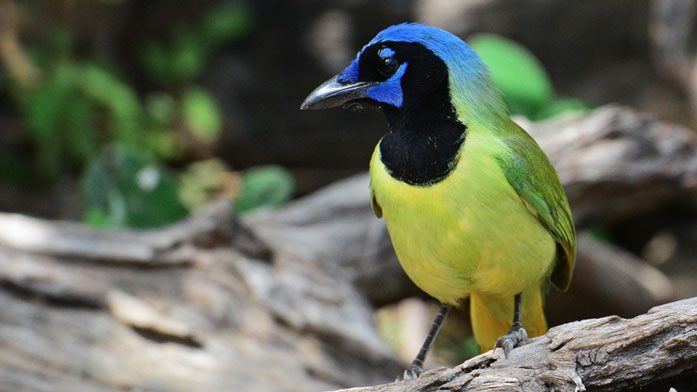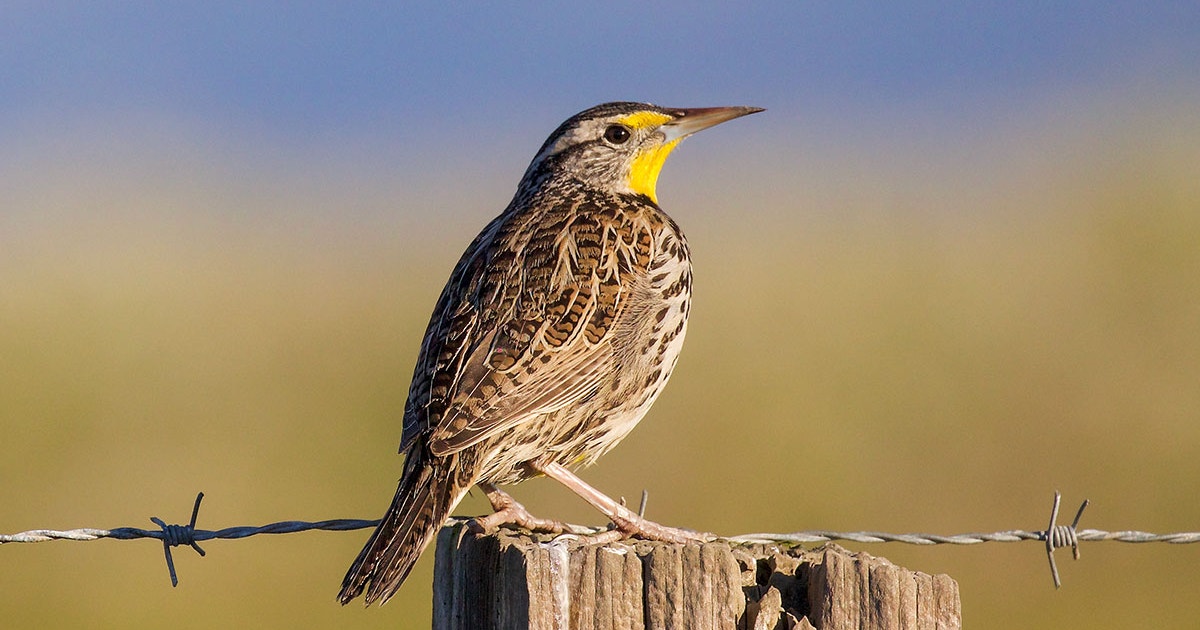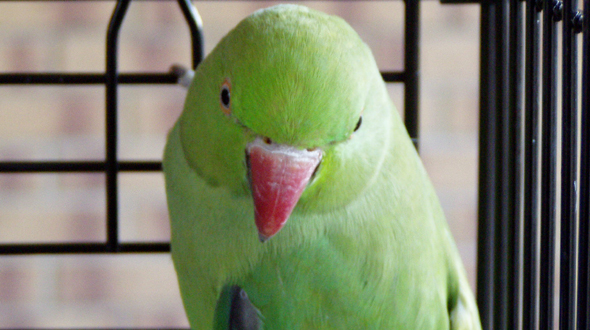Ground-nesting lapwings use the shape of their nests and surroundings to hide from predators, new research shows.
Many ground-nesting species are in decline due to changes in land management and high populations of predators, such as foxes and crows. Conservation projects can fail because too many eggs and chicks are eaten.
The new study, led by the University of Exeter, assessed the visibility of lapwing nests in terms of cover (also called “occlusion”) and camouflage using models that simulate the vision and viewing angles of various predators.
The findings showed that despite nesting in open fields, lapwings can hide their eggs by using small variations in the terrain, making them invisible to ground predators such as foxes from anything more than around 1.5 metres away.
“Like children playing hide and seek, lapwings use cover to complement their camouflage,” said lead author George Hancock, from the Centre for Ecology and Conservation on Exeter’s Penryn Campus in Cornwall.
Lapwing, copyright Glyn Sellors, from the surfbirds galleries
“If a nest is properly concealed in this way, it doesn’t matter how good a predator’s vision is — they simply won’t be able to see it until they are nearly on top of it.
“Nests and eggs are also camouflaged — blending in with their surroundings by matching their backgrounds colour and pattern — but it appears this is a secondary defence.”
Hancock collaborated with the Game and Wildlife Conservation Trust (GWCT) and used smart phone 3D scanners to measure the shape and height of lapwing nests and their surroundings.
He also used specialised cameras to measure camouflage from the perspective of the lapwing’s predators (foxes, crows and raptors), which can see ultraviolet light.
“Lapwings tended to choose uneven ground for their nests,” Hancock said.
“They selected slightly elevated positions, reducing risk of flooding and allowing them to see predators — without being so high as to stand out to predators.”
Lapwing populations have more than halved since the 1970s.
The findings could help inform conservation efforts for this declining species, which is an iconic part of farmland in the UK and beyond.
“Habitat variation appears to be crucial for allowing lapwings choice in where to nest,” Hancock explained.



